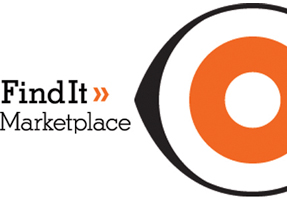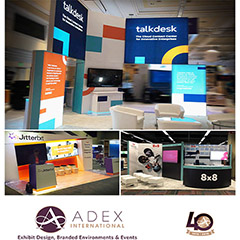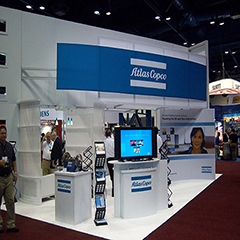|
trending
Sponsored Content
Following a revamp of production processes, beMatrix® is leading exhibitors into the future of sustainability EXHIBITOR Magazine Announces its 2025 FindIt Top 40, Honoring the Industry's Top Exhibit Producers EXHIBITOR Magazine Announces its 2025 Best of CES Award Winners EXHIBITOR Magazine Announces 2025 Portable/Modular Awards Winners EXHIBITOR Magazine Announces the EXHIBITORLIVE 2025 Best of Show Award Winners Breaking Down Exhibition Costs: The Exhibitor Advocate's Annual Survey of Exhibition Rates Returns for Third Year Exhibitor Group Partners with Maritz and Brumark to Reduce Waste and Track Carbon Footprint at EXHIBITORLIVE Freeman Acquires Tag Digital Enhancing mdg’s Digital Marketing Expertise and Global Reach Women In Experiential to Host Breakfast Event at EXHIBITORLIVE on March 19 submit your news
email newsletter
|
Sponsored Content
How Technology Can Help Impact the Success - and ROI - of Your In-Person Events
9/7/2022
You don't need a crystal ball to know that the future of events is tech-enabled, collaborative, and impactful. We're no longer hosting one-off events but rather building a platform to continue producing meaningful experiences for our audiences in new and memorable ways. How do you know which investments to make to ensure success for your next event? Whether you've hosted a few events or several hundred, one thing is sure: technology helps make in-person events more dynamic and interactive. This means your guests get more out of them, you have a better chance of garnering repeat attendees, and you'll realize a higher return on investment (ROI) for your efforts. Let's look at some of the ways top event organizers leverage technology to take their in-person events from good to great. The Impact of Technology at Events There are several ways technology can positively impact your event. First, it can help engage your attendees and provide a personalized experience that makes them feel special. Using tech to provide customized messages, tailored content, and unique experiences can increase your event's stickiness and boost long-term engagement. Second, interactive technology can make your event more efficient by increasing operational capabilities. This can include automating workflow processes, such as check-in or booking, or providing real-time data about attendee behavior. However it's used, technology is a core component of any successful event today. The Role of Technology in Your Event Goals Before the planning begins, it's essential to define your goals for the event and ensure that any technology used supports and achieves them. If you don't know your goals, it'll be challenging to decide which technologies to incorporate and when to use them. For instance, if your goals include lead generation, you'll need systems that integrate lead capture tools. Or, if you're looking to increase revenue through your event, marketing automation tools that help boost sales conversions will be critical. Whatever your goals, technology will play a vital role. 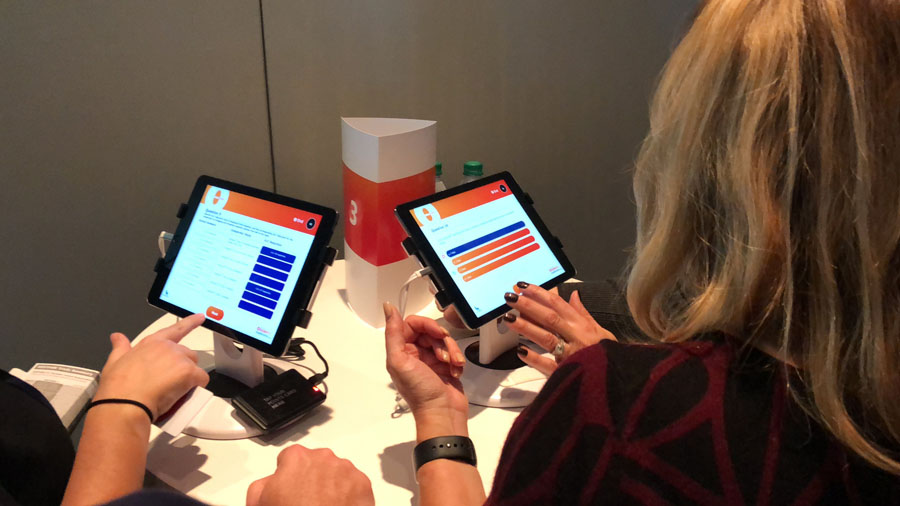 Discover What Your Attendees Want When planning an event, you need to consider what your attendees expect from your event. What experiences are they looking for? What new technologies would help your event stand out? You can begin to get a sense of what your attendees want by surveying your target audiences ahead of time. You can also use data from past events to inform your decisions. You might find that your attendees want to be guided through the event experience through an AI chatbot. Or maybe they'd prefer to have the option to receive a guided audio tour through an audio-enabled attendee badge. By better understanding what your attendees want, you can avoid over-engineering the event experience and instead focus on choosing the right technologies to achieve your goals.  Reimagining the Event Experience Your events should go beyond just being a place for people to meet and exchange ideas. They should also be a platform for learning and creating real-world impact for your business or industry. This can prompt a deeper narrative and a more purposeful experience for attendees. Using technology at your events can help achieve this in two ways. First, technology can bring people together around a common topic and form more impactful relationships. For instance, technology that enables voice assistants, interactive touchscreens, and virtual reality experiences can help guests engage with the content and connect with each other in new and meaningful ways. Second, technology is an excellent tool for facilitating real-time collaboration and ideation. You can use collaboration tools and live polling to enable attendees to partner more effectively on real-world projects. Or using live-streaming technology will allow attendees to connect with others worldwide for broader input and impact. 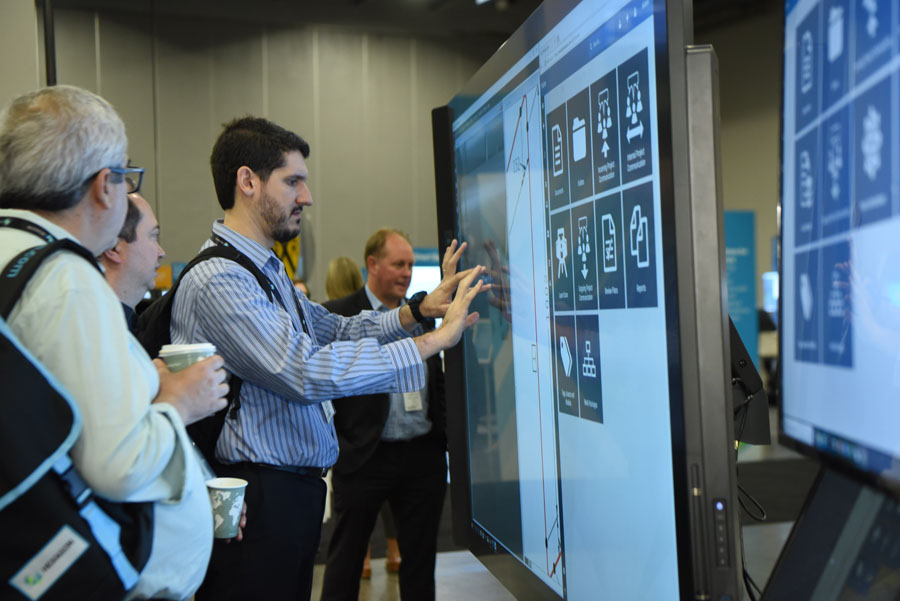 The Types of Event Technology to Use It's easy to get carried away with the latest and greatest event technology. While it's crucial to stay on top of industry trends, it's also necessary to ensure that each piece of technology you integrate into your event serves a purpose. While many of these technologies will be critical to your event, some may be more superfluous to your goals. Here are some of the most popular and how to use them effectively.
 Creating Immersive Experiences Beyond some of the more traditional technology tools used in events, Virtual Reality (VR) and Augmented Reality (AR) are some of the most exciting technologies in the event space. You can use them to create more immersive, impactful experiences for your attendees or real-time events. VR is great for solo experiences and ideal for ideation, collaboration, or training. You can use 360° video to create a virtual experience that allows people who can't attend to participate in the event. You can also use it to capture content for your live streams. AR, on the other hand, is better for group experiences and can be incorporated into polling, gamification, and other engagement tools. You can also combine the two and live stream your VR or AR experience to a larger audience. This allows anyone to participate in the event, regardless of whether they are physically onsite. 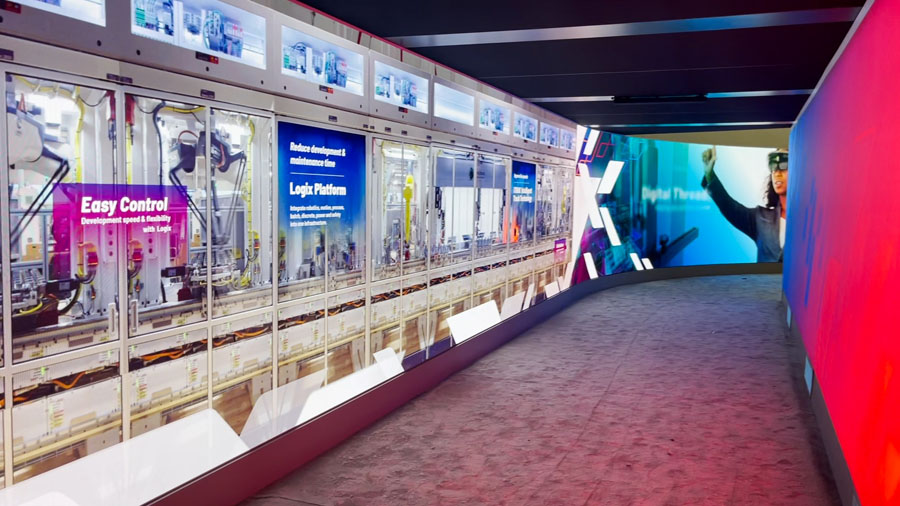 Using Tech to Stream Exclusive Content Your in-person events are a great place to advertise your live streaming channel. Offering exclusive content at your event, like a live show, podcast, or webinar, can help you grow your audience. You can either host the show at your event or have the content available exclusively on your streaming channel. Your attendees will be excited to tune in and connect with like-minded individuals and may be more inclined to share your streaming channel with their friends or colleagues. Turn to Experienced Technology Vendors to Pull it Together For these types of technologies to come to life, you'll need to ensure you have the right equipment on hand to deliver the best event experience. Tech solutions include computers, printers, and other office equipment, AV and video technologies, touchscreen kiosks and displays, and transparent and holographic solutions. But just like many industries require expertise, technology solutions require precision handling and operation. If you plan to incorporate technology at your event, make sure you hire a technology partner to help. These partners are experts in their field and can help you achieve your event's goals and ensure you get the most impact for your technology investments. Summary Event planners must continually think outside the box to keep attendance numbers high. Attendants will no longer sit passively as a speaker presents in front of a projection screen and a room full of people. Instead, attendees want to be more interactive, participatory, and hands-on. By implementing some key technologies into your event, you can create a more engaging experience and ensure a more successful event that positively impacts the bottom line.  About the Author:
About the Author:Chad Frank is Vice President of Sales, Event Solutions at SmartSource Contact: cfrank@thesmartsource.com  More information about SmartSource... |
FIND IT - MARKETPLACE
|
|
||||||||||||||||||||||||||||
|
|
||||||||||||||||||||||||||||
|
TOPICS Measurement & Budgeting Planning & Execution Marketing & Promotion Events & Venues Personal & Career Exhibits & Experiences International Exhibiting Resources for Rookies Research & Resources |
MAGAZINE Subscribe Today! Renew Subscription Update Address Digital Downloads Newsletters Advertise |
FIND IT Exhibit Producers Products & Services All Companies Get Listed |
EXHIBITORLIVE Sessions Exhibit Hall Exhibit at the Show Registration |
ETRAK Sessions Certification F.A.Q. Registration |
EDUCATION WEEK Overview Sessions Hotel Registration |
CERTIFICATION The Program Steps to Certification Faculty and Staff Enroll in CTSM Submit Quiz Answers My CTSM |
AWARDS Exhibit Design Awards Portable/Modular Awards Corporate Event Awards Centers of Excellence |
NEWS Associations/Press Awards Company News International New Products People Shows & Events Venues & Destinations EXHIBITOR News |
||||||||||||||||||||
|
||||||||||||||||||||||||||||




